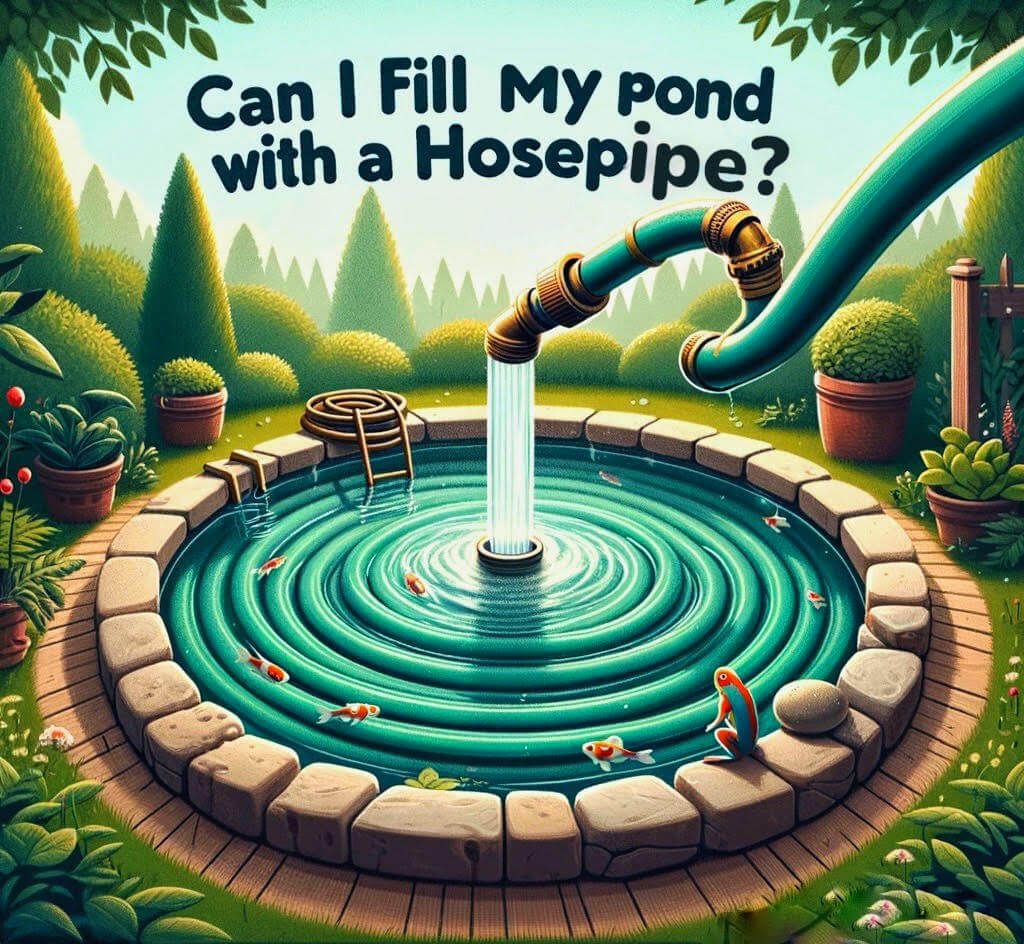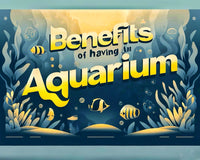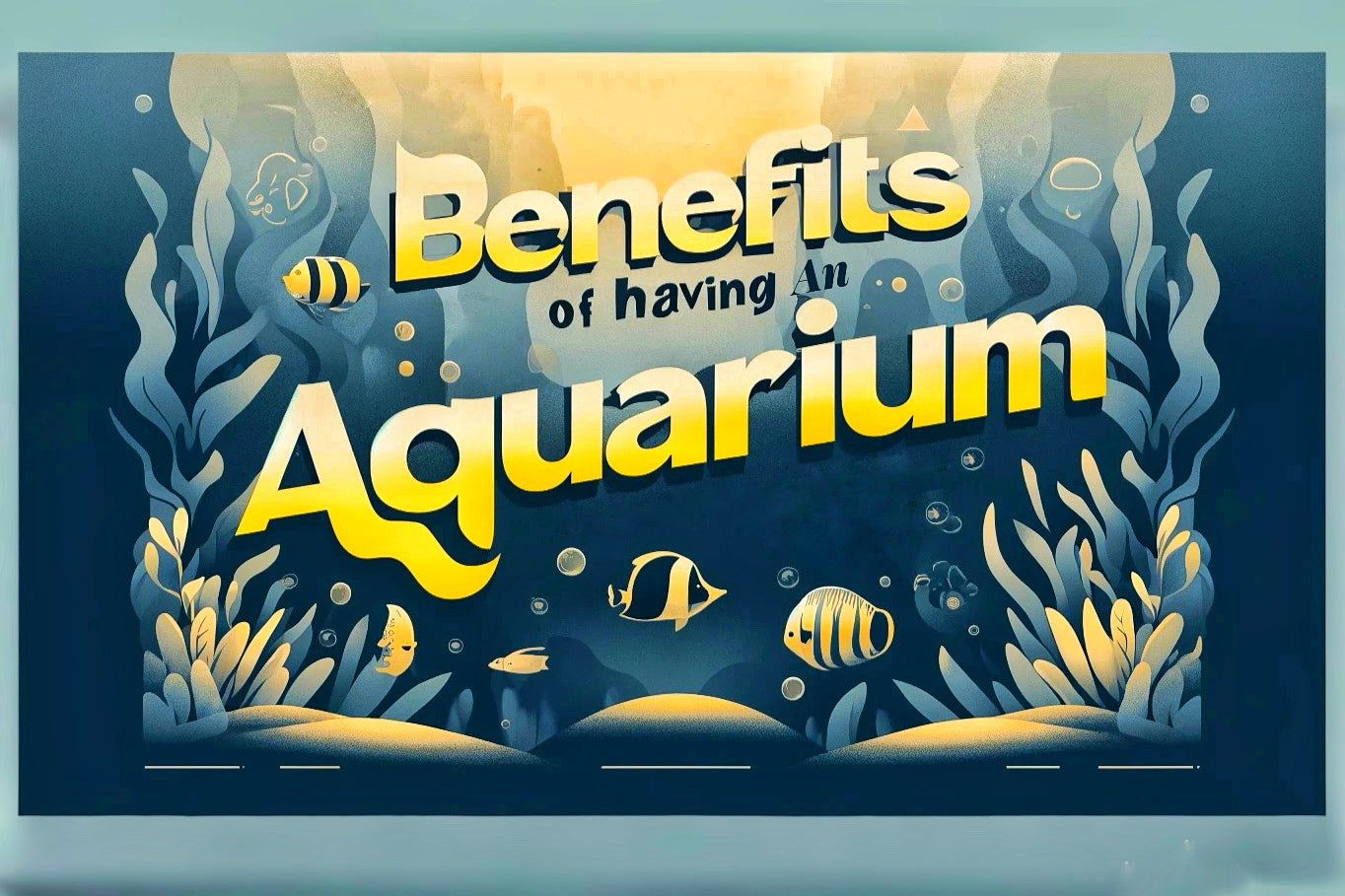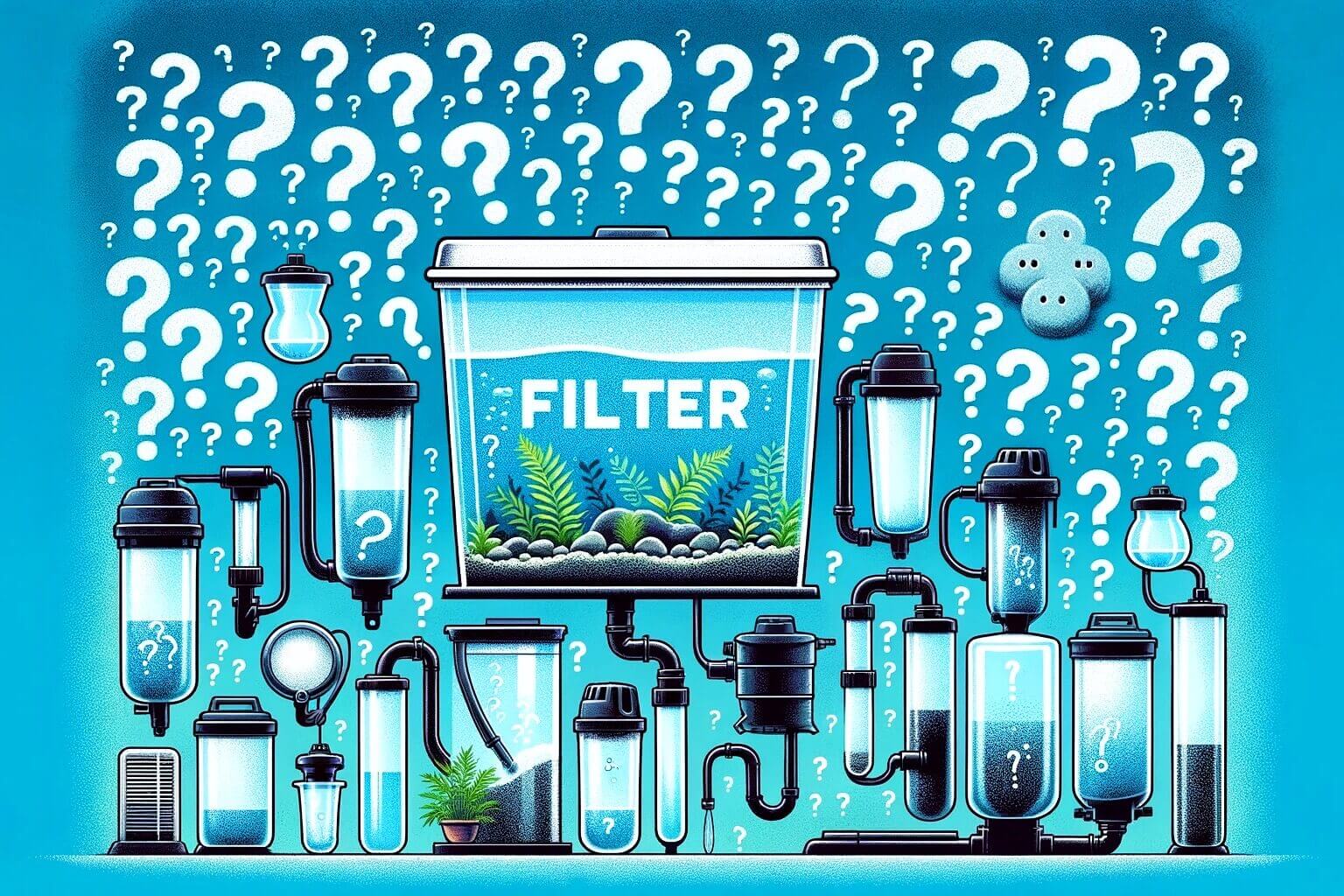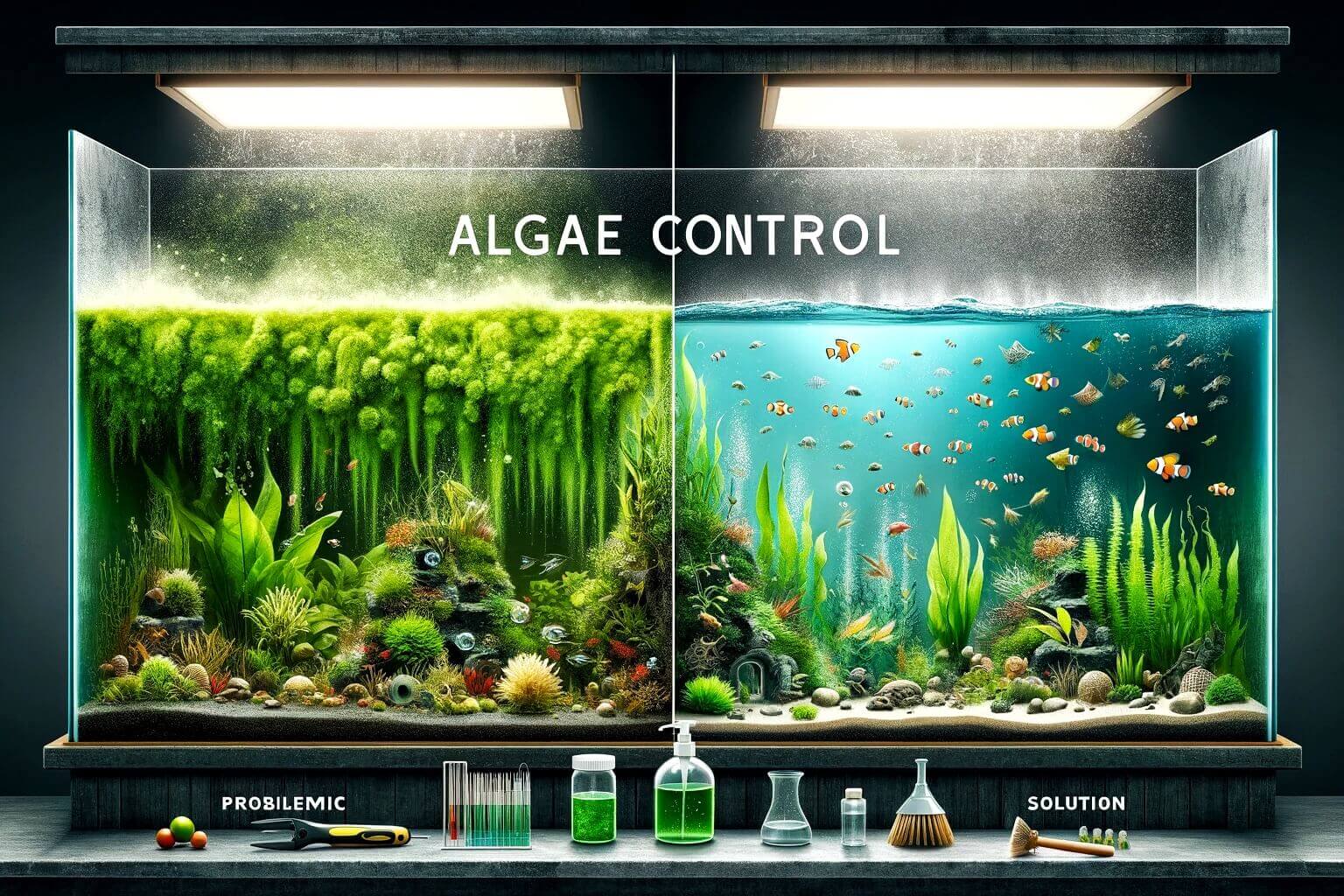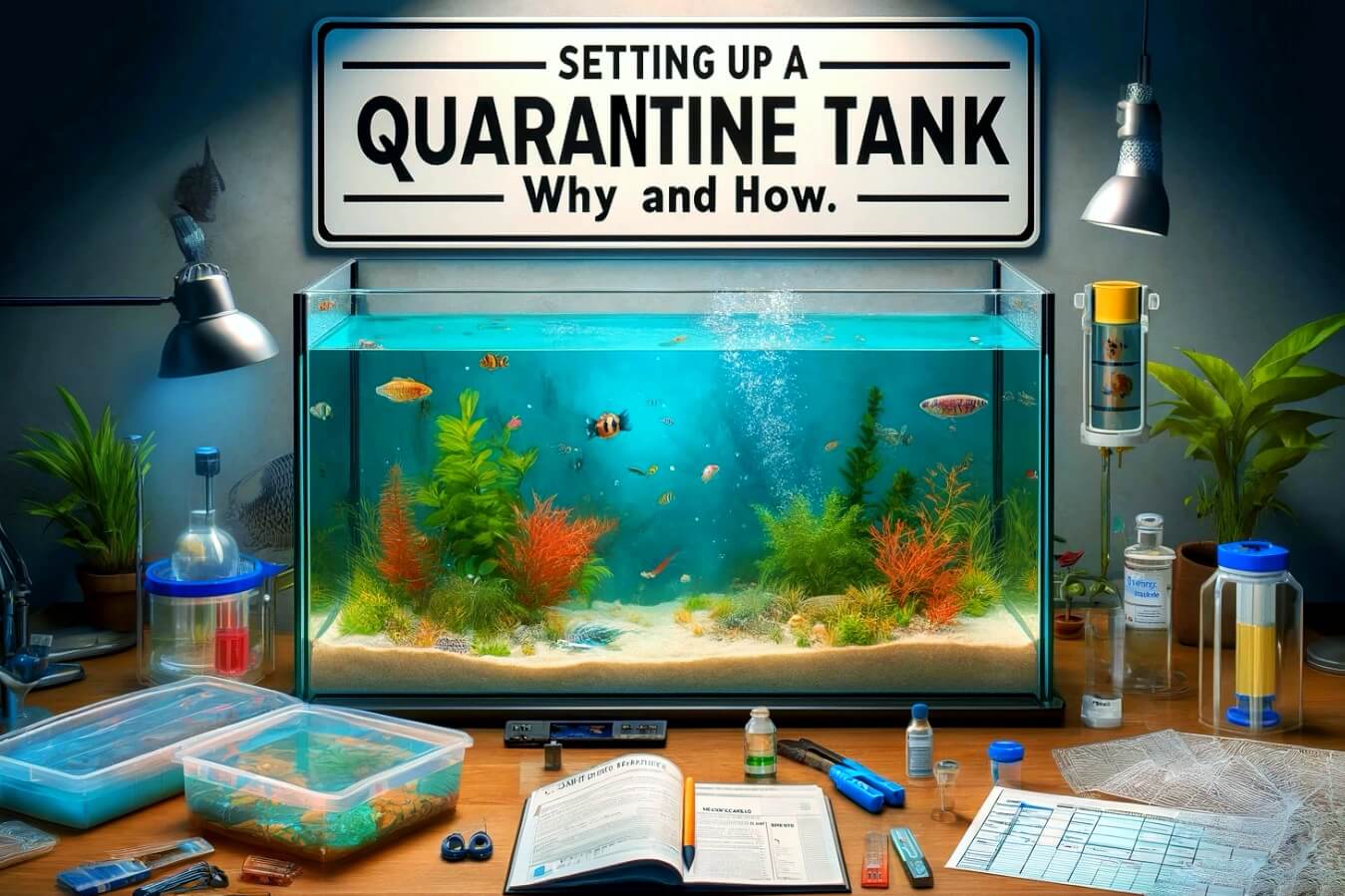Can I Fill My Pond With A Hosepipe?
When it comes to maintaining a garden pond, one of the most common questions is whether it’s feasible to fill it using a hosepipe. This method is straightforward and accessible for many, but it comes with a set of pros and cons that pond owners should consider.
Pros of Using a Hosepipe to Fill Your Pond
• Convenience: The primary advantage is the convenience it offers. Most homeowners have easy access to a hosepipe, making it a quick solution to fill up the pond without the need for specialised equipment.
• Cost-Effective: Using a hosepipe is also cost-effective since it utilises the existing water supply, avoiding the extra costs associated with transporting water in other ways.
Cons of Using a Hosepipe to Fill Your Pond
• Dechlorination is Necessary: Tap water typically contains chlorine and chloramines, which are harmful to pond life. Before adding tap water directly to your pond, it’s crucial to treat it with a dechlorinator. This step is essential to remove harmful substances and protect your pond’s ecosystem.
• Risk of Bacteria Die-Off: Tap water’s chemical composition can disrupt the delicate balance of your pond’s environment. Sudden changes can lead to beneficial bacteria die-off, which are crucial for breaking down waste materials.
• Toxic to Fish: Chlorine and heavy metals found in tap water can be toxic to fish, leading to stress, illness, or even death if not properly treated.
• Green Water and Blanket Weed: The introduction of nutrients and minerals from tap water can encourage the growth of algae, leading to green water or the proliferation of blanket weed. These can overwhelm the pond, harming plant and animal life by depleting oxygen levels and blocking sunlight.
Strategies for Safe Pond Filling with a Hosepipe
1. Use a Dechlorinator: Always treat the water with a suitable dechlorinator before introducing it to your pond. This step neutralises harmful chemicals, making the water safe for aquatic life.
2. Fill Slowly: Introducing water slowly can help minimise the impact on the pond’s temperature and chemistry, reducing stress on fish and other inhabitants.
3. Monitor Water Parameters: Keep an eye on water parameters such as pH, ammonia, nitrite, and nitrate levels after adding water. This will help you ensure the pond remains a healthy environment for its inhabitants.
4. Consider Partial Changes: Instead of filling the pond completely in one go, consider partial water changes. This approach helps maintain the biological balance and reduces the risk of shocking the pond ecosystem.

